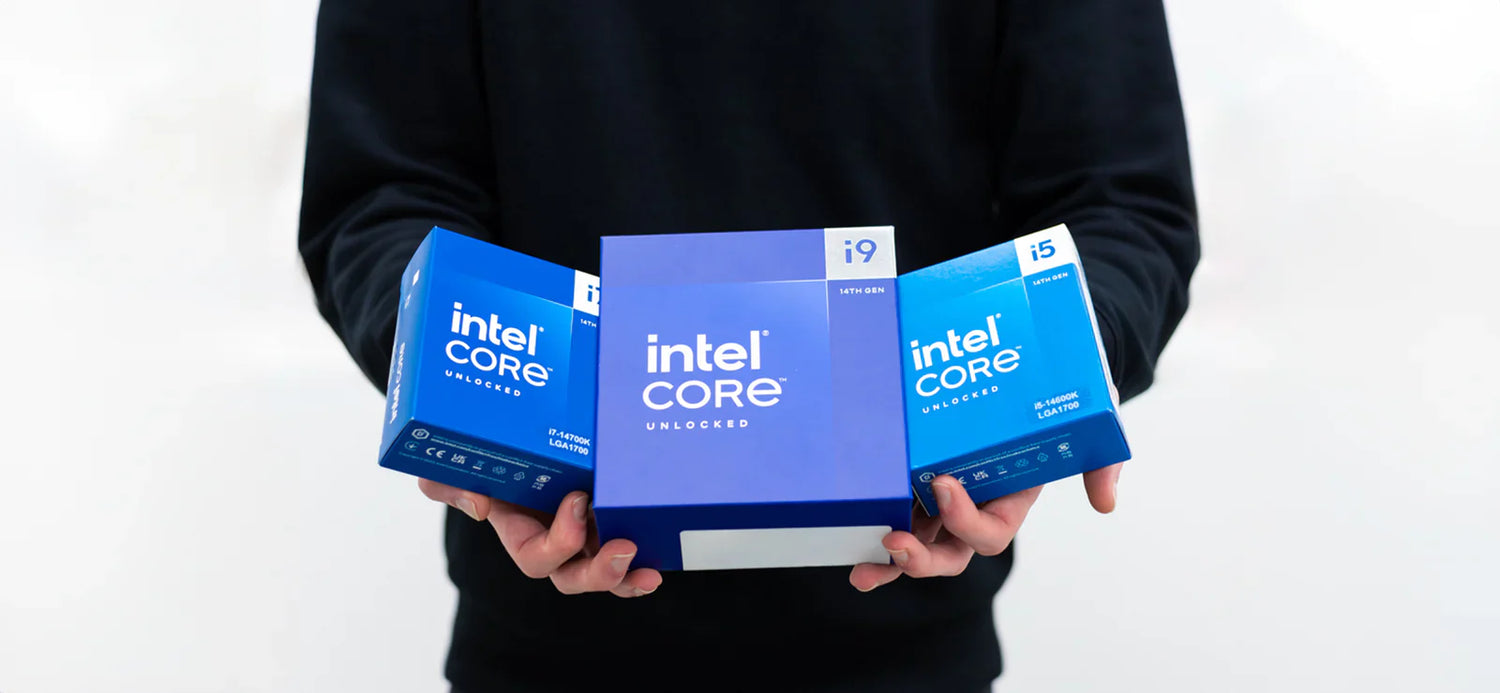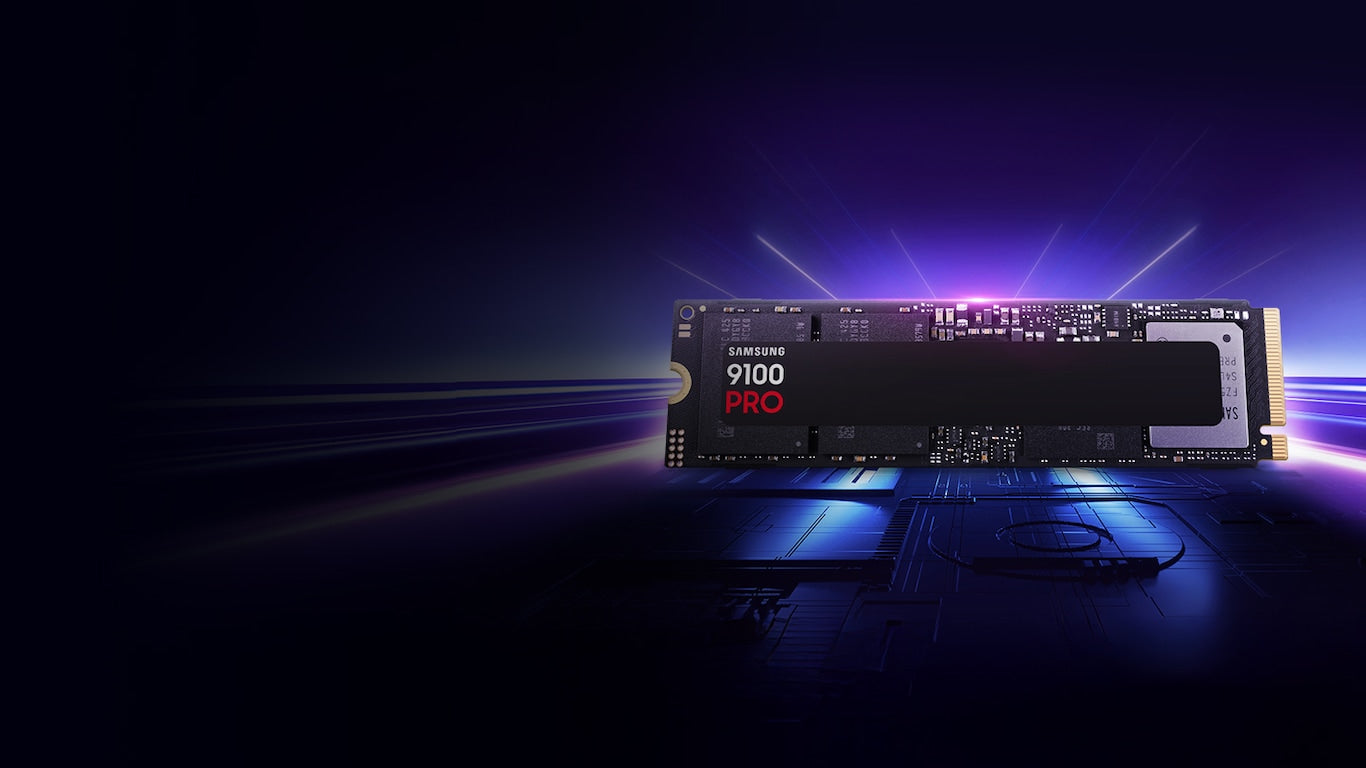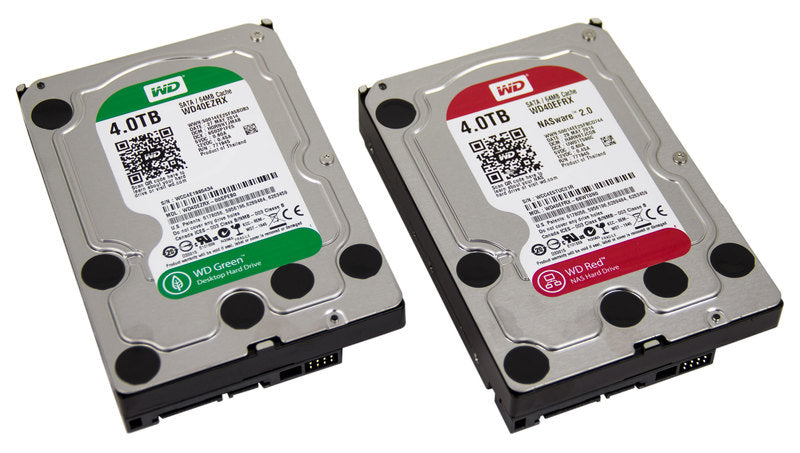Whether you're building your own NAS (Network Attached Storage) or choosing a pre-built solution, one of the most crucial decisions you'll make is selecting the right CPU. The processor defines how fast your NAS performs, how much it can handle concurrently, and how energy efficient it will be—especially if you plan to run it 24/7.
In 2025, the landscape of CPUs suitable for NAS has evolved significantly. With the rise of use cases like Plex media streaming, Docker containerization, file syncing, cloud hosting, and virtual machines (VMs), the line between simple storage and full-fledged home servers is increasingly blurred. In this article, we’ll dive deep into the core considerations for NAS CPU selection, compare popular options, and reference how emerging products like the LincStation N2 and S1 address these needs.
1. What Tasks Does Your NAS Need to Handle?
Before selecting a CPU, define what you want your NAS to do. Common use case categories include:
- Basic File Server: File sharing, backups, media storage (e.g., family photos).
- Media Server: Transcoding for Plex, Jellyfin, or Emby.
- Cloud Storage & Sync: Nextcloud, Syncthing.
- Virtualization & Containers: Running VMs, Docker apps (Home Assistant, Pi-hole, GitLab).
- Surveillance Station: IP camera video storage & management.
Each of these tasks has different CPU demands. A file server can run well on a low-power CPU, but virtualization or multiple simultaneous Plex streams will require significantly more processing power.
2. Power Efficiency vs Performance
One of the biggest dilemmas NAS users face is performance vs energy consumption.
Low-Power CPUs (Great for Basic and Silent Builds):
- Intel N100 / N97: Very popular in 2025 for their excellent efficiency (~6W TDP), built-in Quick Sync video acceleration (great for Plex), and adequate performance for small home NAS setups.
- AMD Mendocino (Ryzen 7000U): Good balance for low- to mid-tier usage with better GPU support but slightly higher power draw.
Higher Performance CPUs (For Power Users):
- Intel Core i3/i5 12th/13th Gen (e.g., i3-12100, i5-13500): Great single-threaded and multi-threaded performance. Perfect for VM or container-heavy setups.
- AMD Ryzen 5 5600G / 5700G: Offers strong multi-core performance and integrated graphics; no need for a discrete GPU.
Server-Grade (ECC Support, High Core Counts):
- Intel Xeon E-Series or AMD EPYC Embedded: For those building enterprise-level ZFS NAS with ECC RAM, though often overkill (and expensive) for home labs.
3. The ECC Memory Debate
ECC (Error-Correcting Code) memory is preferred in ZFS-based NAS builds (e.g., TrueNAS), as it ensures data integrity by correcting bit errors in RAM before they cause data corruption. This is particularly important in professional or archival storage systems.
However, ECC is often not supported on consumer CPUs. If data integrity is critical and you're building with ZFS, look into CPUs/platforms that support ECC, such as:
Intel Xeon E-series + C246 chipset
AMD Ryzen with specific motherboards (some support ECC unbuffered)
Note: Consumer systems without ECC (e.g., Intel N100 or Ryzen 5600G) can still be stable and functional for most home users.
4. Transcoding and Plex: Do You Need Hardware Acceleration?
If your NAS will act as a Plex Media Server, CPU selection becomes much more nuanced. Transcoding (converting video files in real time to match client device requirements) is highly CPU-intensive unless you're using hardware acceleration.
Why Hardware Acceleration Matters:
Intel CPUs with Quick Sync (built-in iGPU) can handle 4K HEVC/H.264 video transcoding with minimal CPU usage.
AMD iGPUs (like those in Ryzen G series) can also transcode, though software support is sometimes limited.
If you use an iGPU-equipped CPU, your NAS must enable and expose that iGPU to Plex (which may not be trivial in TrueNAS or Proxmox).
If you won’t transcode and only stream "direct play" content, a low-end CPU is sufficient.
5. Virtual Machines and Docker Support
Running multiple Docker containers or virtual machines requires good multi-core performance and sometimes VT-x/AMD-V support. Recommended CPUs include:
- Intel i3-12100 or above
- AMD Ryzen 5 5600G or above
- Intel Core i5/i7 (12th Gen or newer)
For basic Docker workloads (like a few home automation or web apps), even an N100 may suffice, but VMs will quickly expose its limits.
6. Platform Considerations: ITX Boards, Expandability & I/O
If you're building your NAS from scratch, don't just look at the CPU—consider the platform:
- Mini-ITX vs ATX: Smaller form factors are quieter and consume less power, ideal for home NAS.
- PCIe Expansion: Useful for adding 10GbE NICs or RAID controllers.
- SATA Ports & M.2 NVMe: Ensure your board has enough storage connections for your planned drive count.
This is one reason why many users now opt for pre-built solutions that solve these compatibility headaches upfront.
7. Community Favorites (2025 Recommendations)
From community polls and forums like Unraid, Reddit r/homelab, and TrueNAS:
|
Use Case |
Recommended CPU |
Why? |
|
Budget Home NAS |
Intel N100/N97 |
Ultra-efficient, fanless, Plex-friendly with Quick Sync |
|
Plex + Docker |
Intel i3-12100 |
Great performance per watt, good iGPU for transcoding |
|
VMs + ZFS |
Ryzen 5 5600G |
Strong multi-core, ECC support on right boards |
|
Low Power ZFS |
Xeon D-1541 |
Native ECC, onboard 10GbE (but expensive) |
|
All-in-One Home Server |
i5-13500 |
14 cores, scalable, good for VM+Plex+Storage |
8. Prebuilt Solutions: What About LincStation?
If you prefer not to build your own NAS, the LincStation lineup by LincPlus offers excellent value for different user segments:
LincStation N2: Compact, power-efficient NAS powered by Intel N97. Ideal for media serving, backups, and light Docker workloads. Pre-configured OS options make it beginner-friendly while keeping expandability open.
LincStation S1: A unique hybrid device designed for creative professionals, combining NAS functions with a tablet form factor. Less traditional, but useful for on-the-go editing or as a self-contained creative workspace with remote file access and syncing features.
These systems reflect trends from DIY communities: energy efficiency, solid I/O, quiet operation, and good out-of-box software support.
9. Final Thoughts: Match CPU to Use Case, Not Hype
Choosing the best CPU for a NAS is less about chasing benchmarks and more about understanding your actual use case. Overspending on a powerful CPU that sits idle wastes money and energy. Conversely, underestimating your needs may result in lag, overheating, or limited upgrade paths.
Ask yourself:
Will I stream/transcode media often?
Do I want to run VMs or containers?
Is 24/7 silent and efficient operation more important than raw power?
Will I grow this system in 1–2 years?
Once you answer these, your CPU choice will become much clearer.
Bonus Tips
Look for motherboard support before buying CPU: Ensure BIOS and chipset compatibility.
Thermal management matters: Use proper cooling, especially in compact NAS cases.
Don't ignore RAM: 8–16GB is sufficient for most home NAS tasks, but if you plan to run multiple Docker containers, VMs, or ZFS with deduplication, 32GB or more is strongly recommended.
If you’re exploring prebuilt options that integrate these hardware considerations intelligently, devices like LincStation N2 offer a solid alternative to DIY without sacrificing power efficiency or flexibility. As the NAS ecosystem continues to evolve, smarter, quieter, and more capable solutions are making storage more accessible than ever.




Hinterlasse einen Kommentar
Alle Kommentare werden vor der Veröffentlichung geprüft.
Diese Website ist durch hCaptcha geschützt und es gelten die allgemeinen Geschäftsbedingungen und Datenschutzbestimmungen von hCaptcha.